Carchitecture is the architectural term where buildings and cars influence each other on the design of a city. Birmingham is a prime example of this form of architecture planning. The city suffered extensive bombing during the war and there were opportunities to plan a new streetmap. The car was correctly predicted to be the vehicle of the future and construction techniques such as reinforced concrete allowed for new approaches to building design. First off, I am not an architect and secondly I only arrived in Birmingham with my family in 1985. My first impressions were not favourable as car journeys into the city centre were stressful. Walking around the city was a challenge as you were faced with many pedestrian underpasses designed to allow the car priority.
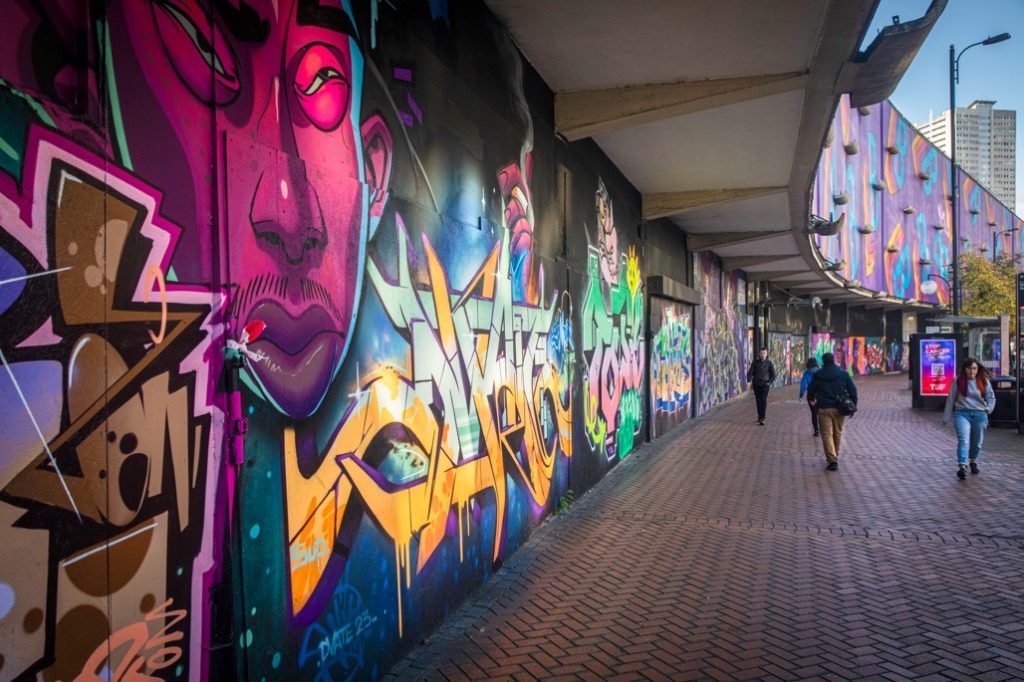
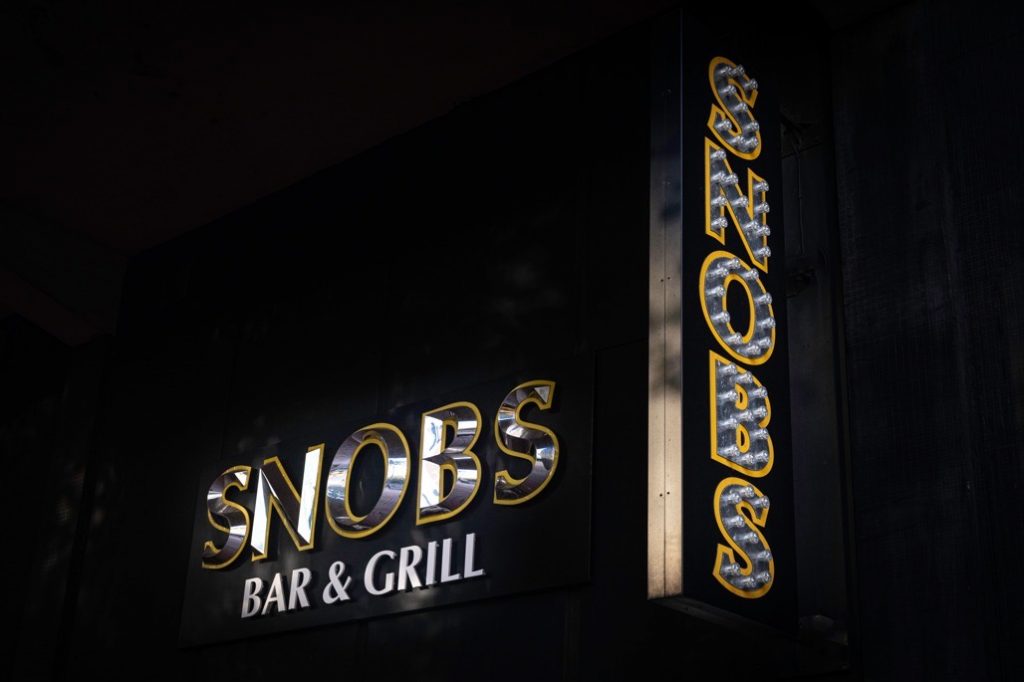
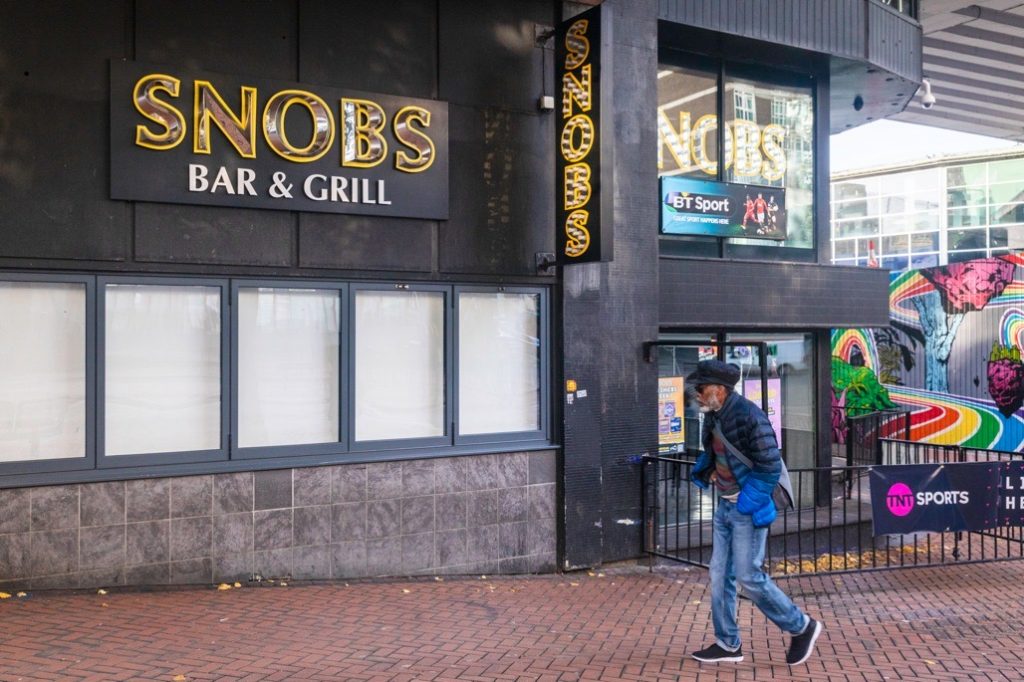
Over the years Birmingham has improved greatly and I love many of the new buildings especially the Library of Birmingham and Selfridges. However, there are still remnants of brutalist architecture and one of these is the Ringway Centre on Smallbrook Queensway which connects Bristol Road with the Bull Ring and New Street. Birmingham is always undergoing change and there is a Facebook page titled. “Birmingham, so good when it is finished”. This change has now involved the Ringway Centre which has been the focus of local news. The city council has narrowly decided to demolish the building and replace it with several residential towers not made from concrete but with glass and steel.
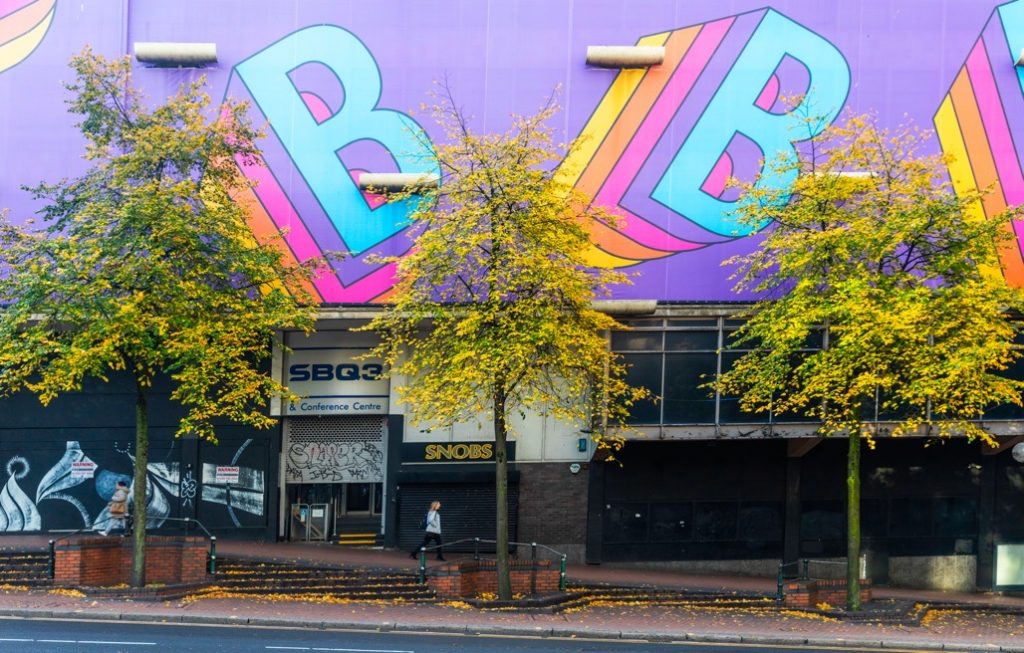
The intense debate gave me an idea for a personal photographic project. I would go along and photograph the building and area over a couple of hours early in the morning. I looked back through my photographs and realised that I have few pictures of the Ringway Centre. This was a complete surprise especially as I have travelled through there many times.
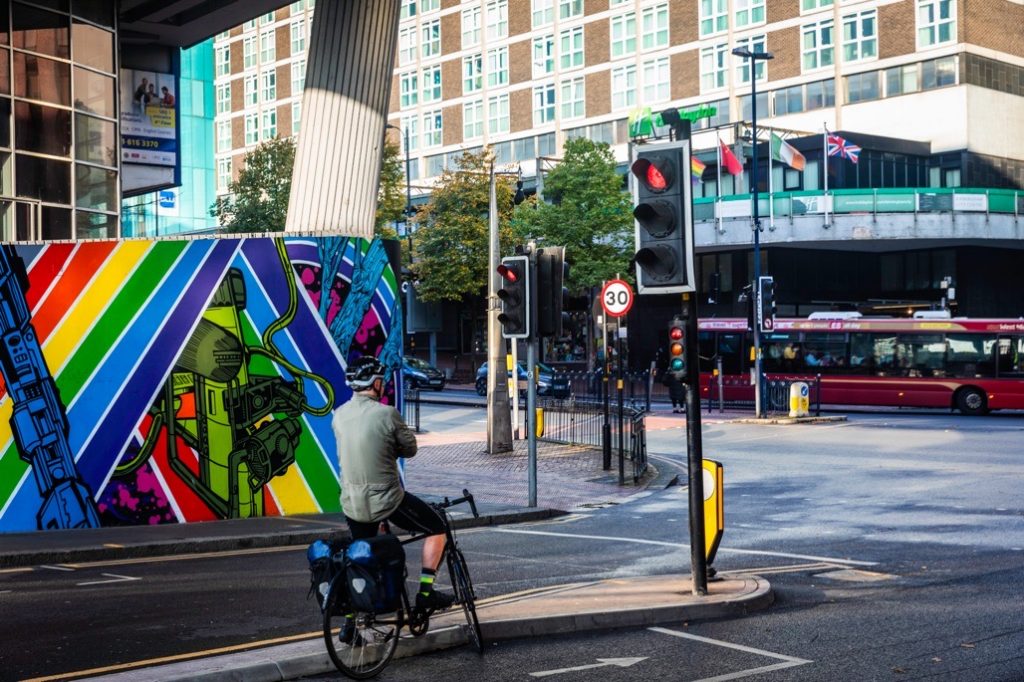
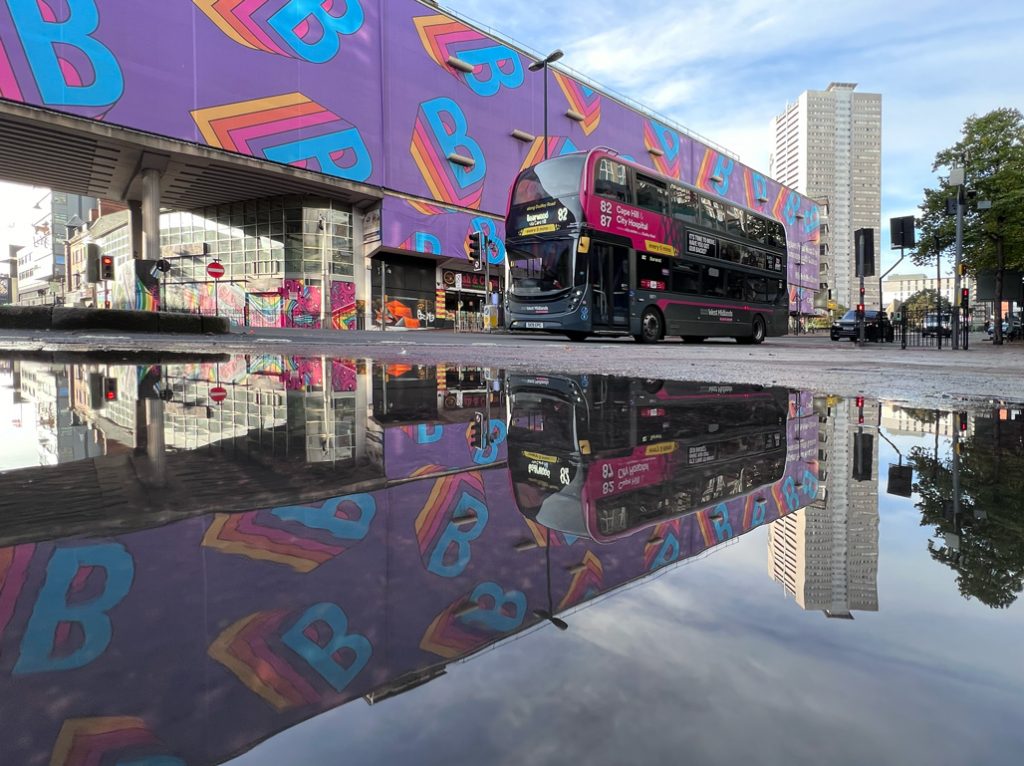
My project started with a sunny morning and this helped as the low sun reflected off buildings onto the Ringway. The buildings are covered in a purple wrapping celebrating Birmingham and the Commonwealth games in 2022. Parts of this covering are starting to become torn and peeling away from the building. My journey started at the top of Smallbrook Queensway near to the Bullring and I walked down towards Southside onto Holloway Circus also known as “Pagoda Island”.
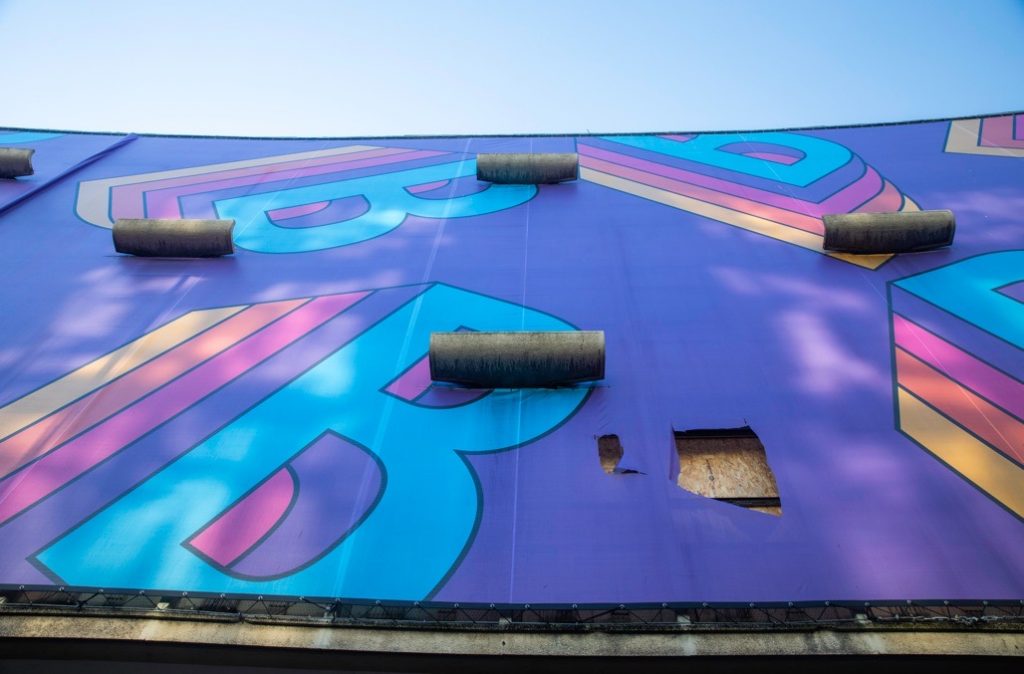
Along the way there is some amazing street art with much of the painting completed during Lockdown. This artwork is on boarded up shop windows and I remember some fine guitar shops being housed here in the past. The western part of the Ringway Centre is populated with convenience shops, barber salons and other food outlets. The building is named Scala house and on ground level there is the Birmingham LGBT centre and finally the Eden bar. One assumes all these businesses will vacate the buildings in the near future.
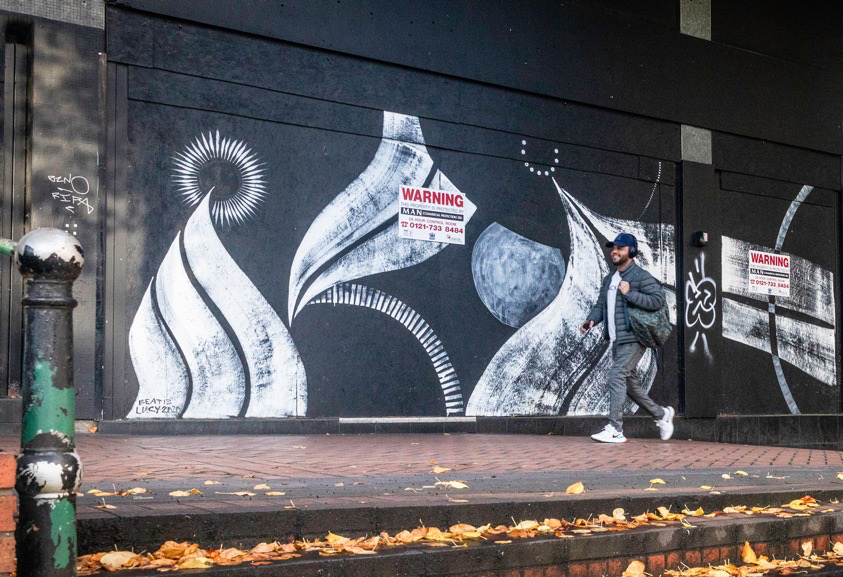
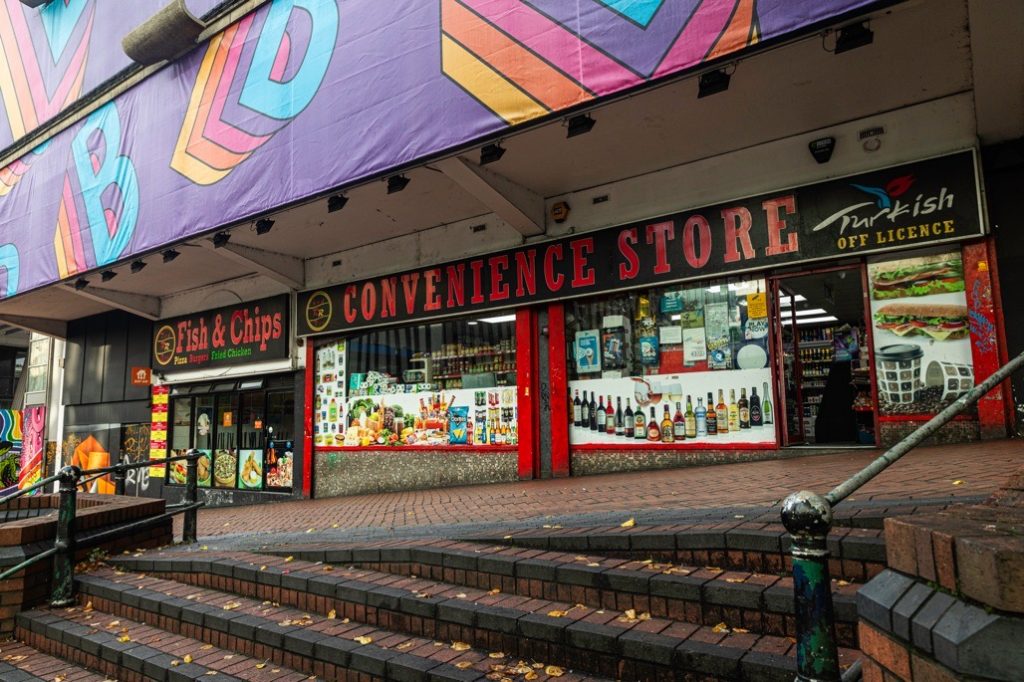
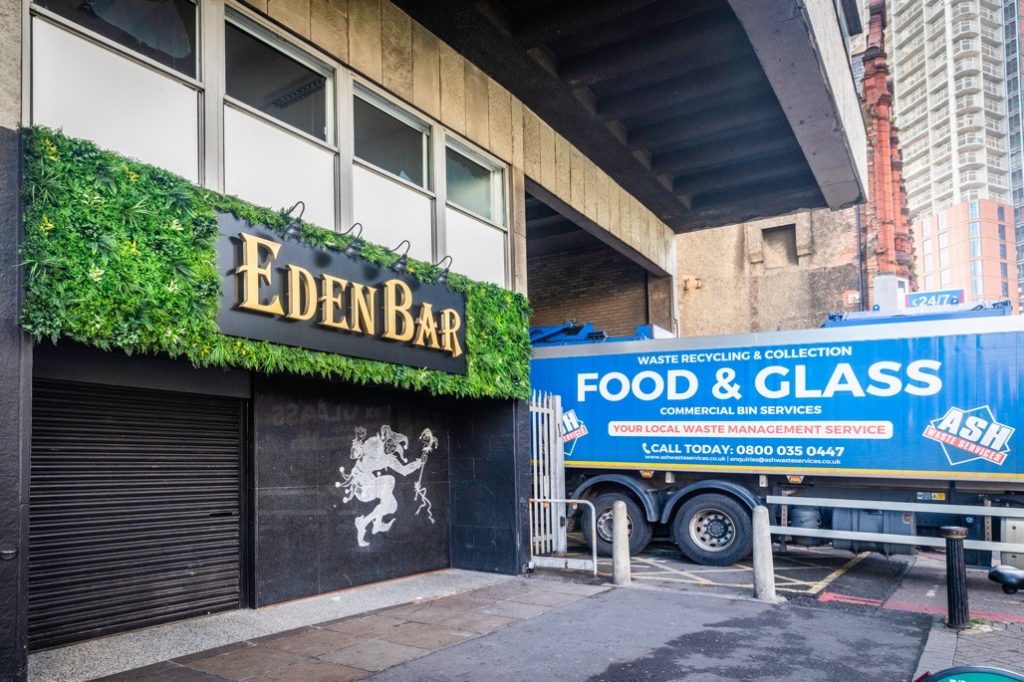

When we reached Pagoda Island, I took pictures back down Smallbrook Queensway.
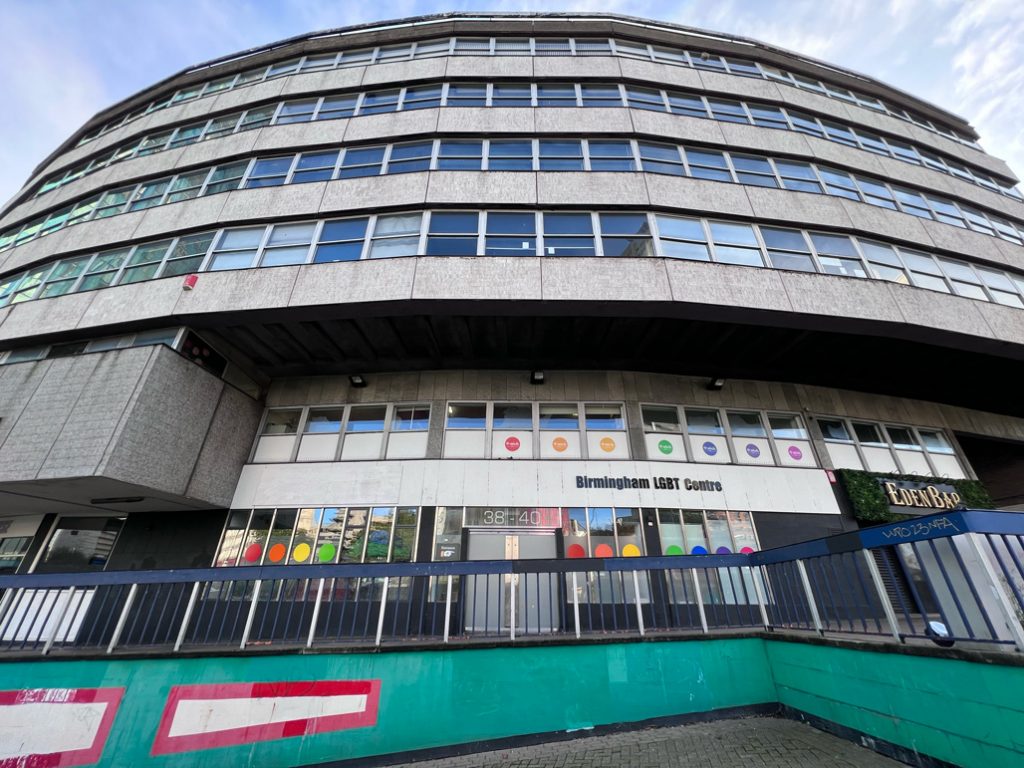
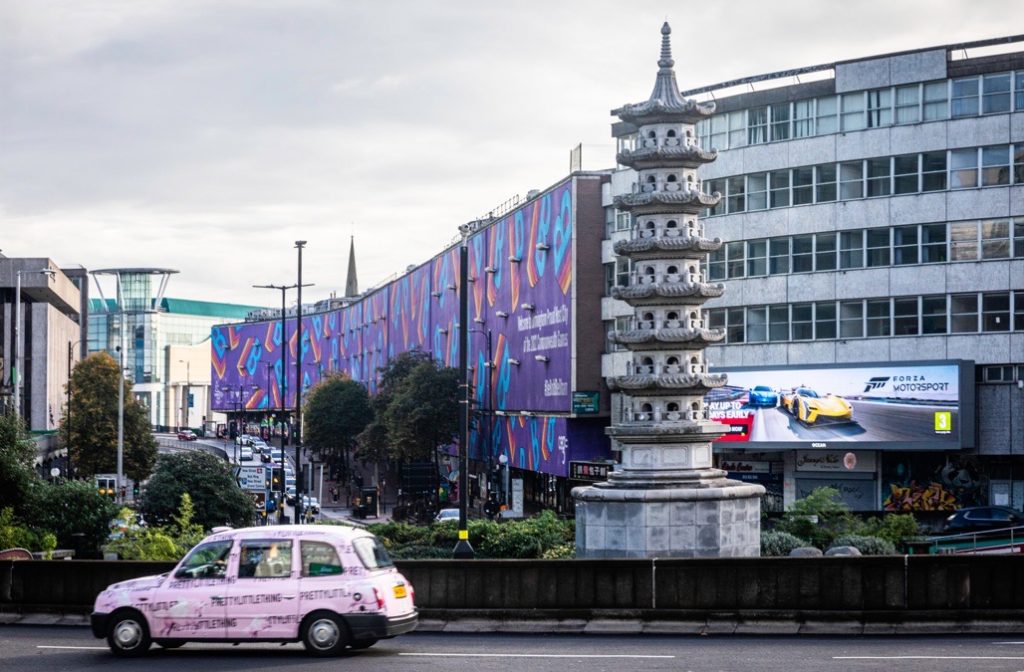
There were several places where you can photograph behind the Ringway Centre, these include local car parks which back onto Southside and the China town area of the city. One picture that I had to take was of the circular fire escapes at the rear of the building. They have a unique design and are a favourite subject for local photographers.
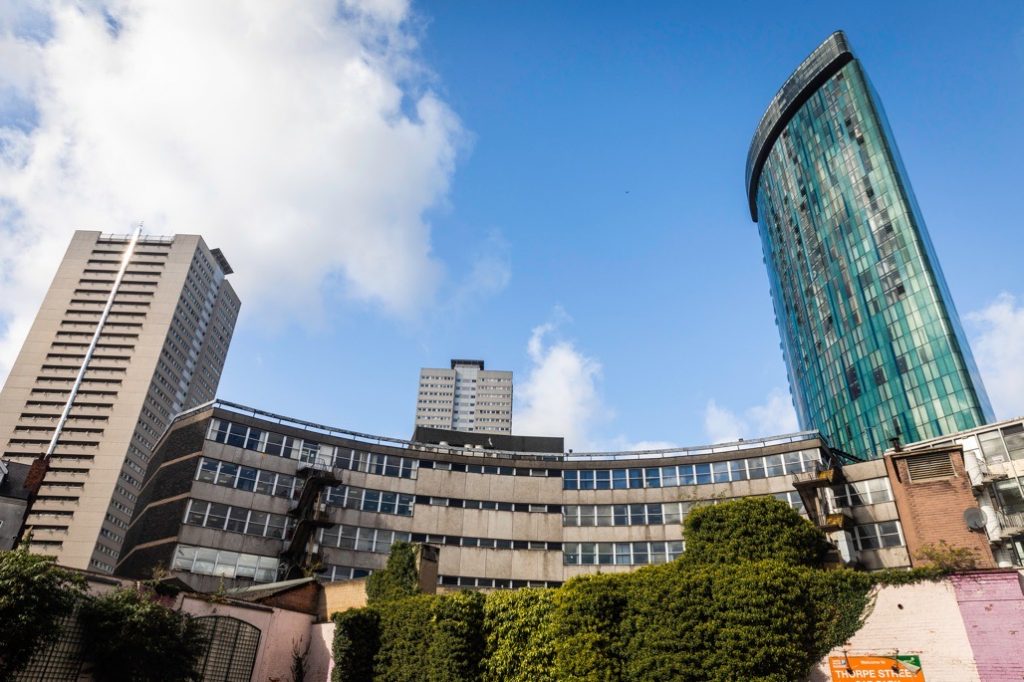
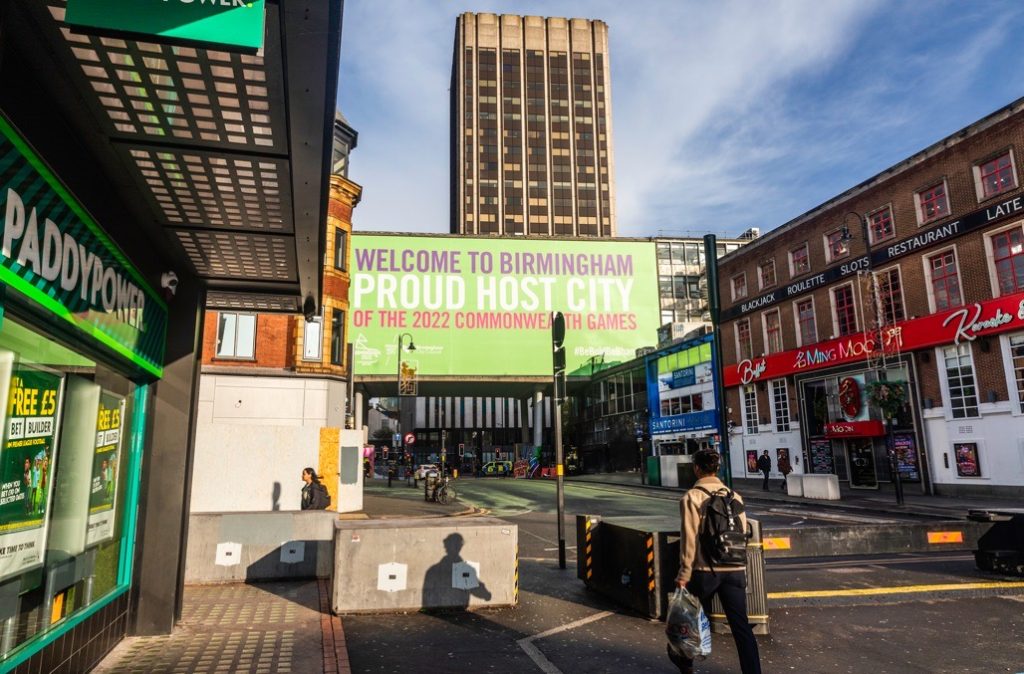
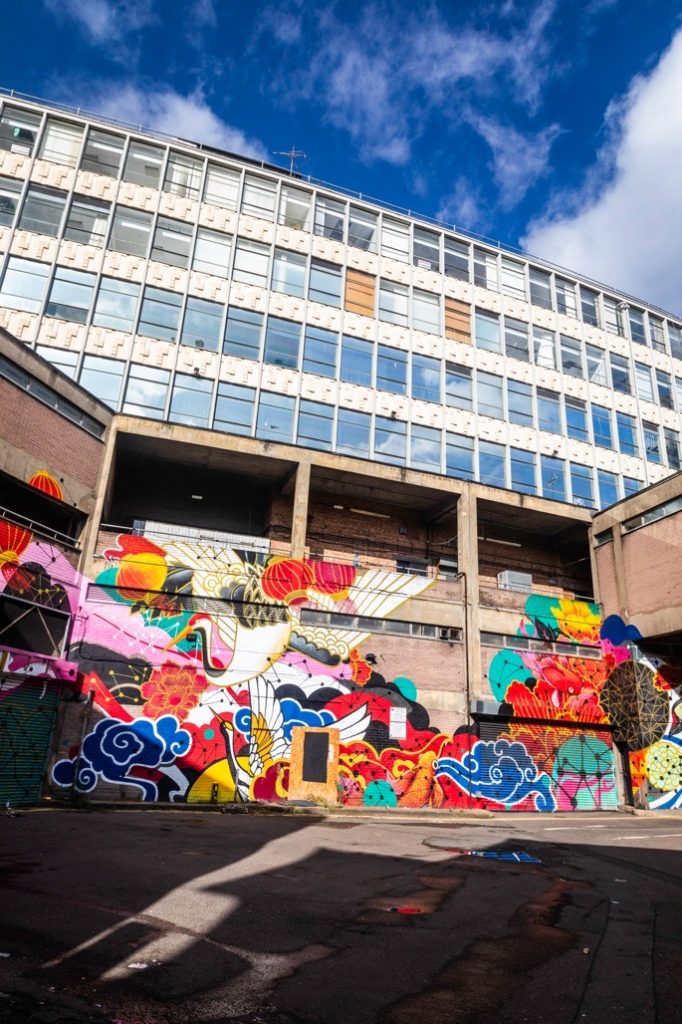
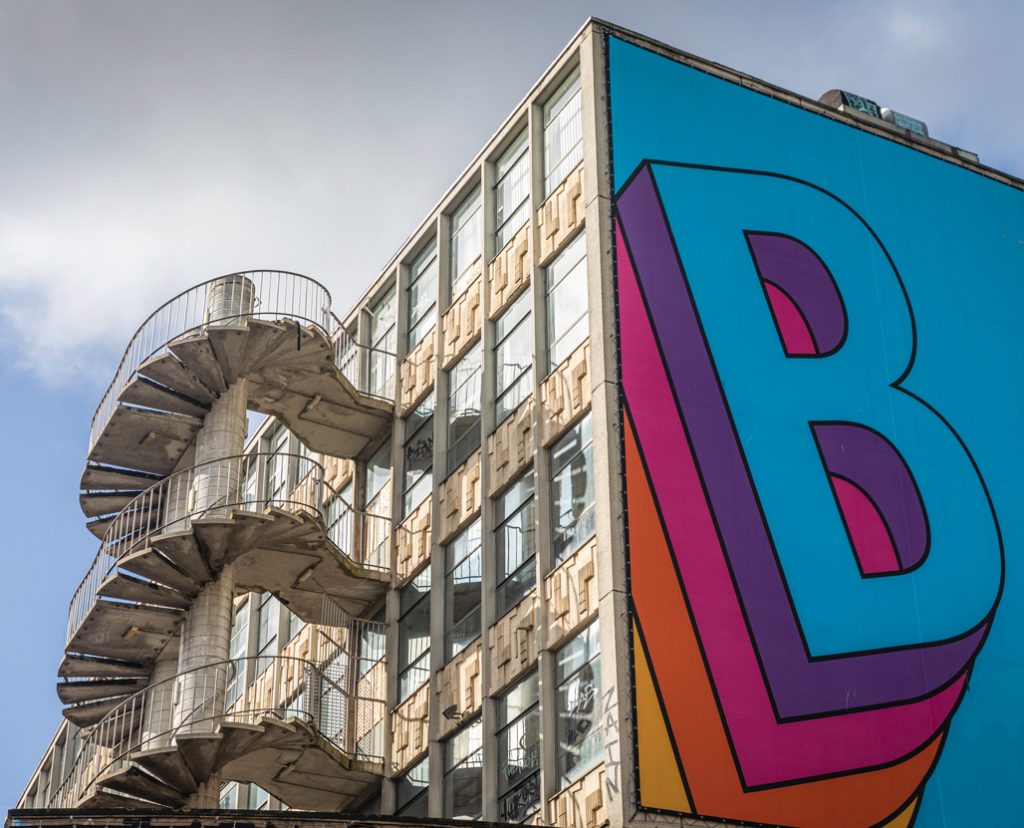
On reflection the Ringway Centre has not featured prominently in my photographic journey until I decided upon this series of pictures. During my working days in the city, the dental school was based over by Aston. When the school moved to Pebble Mill, the 61/63 and the 45/47 buses went down Smallbrook Queensway but I have few pictures of the details of the place.
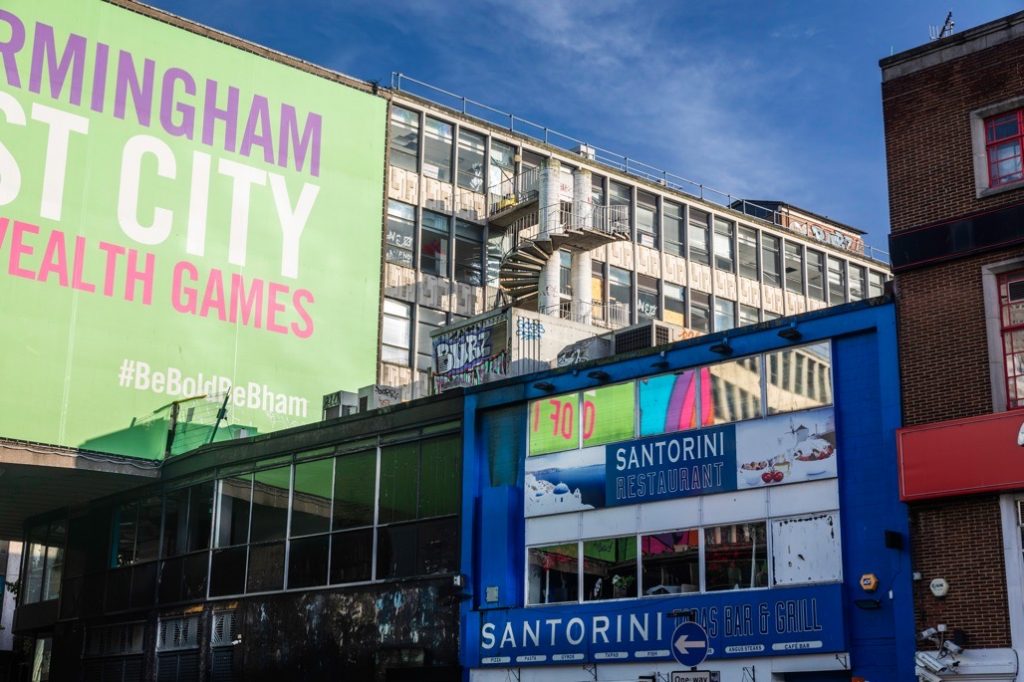
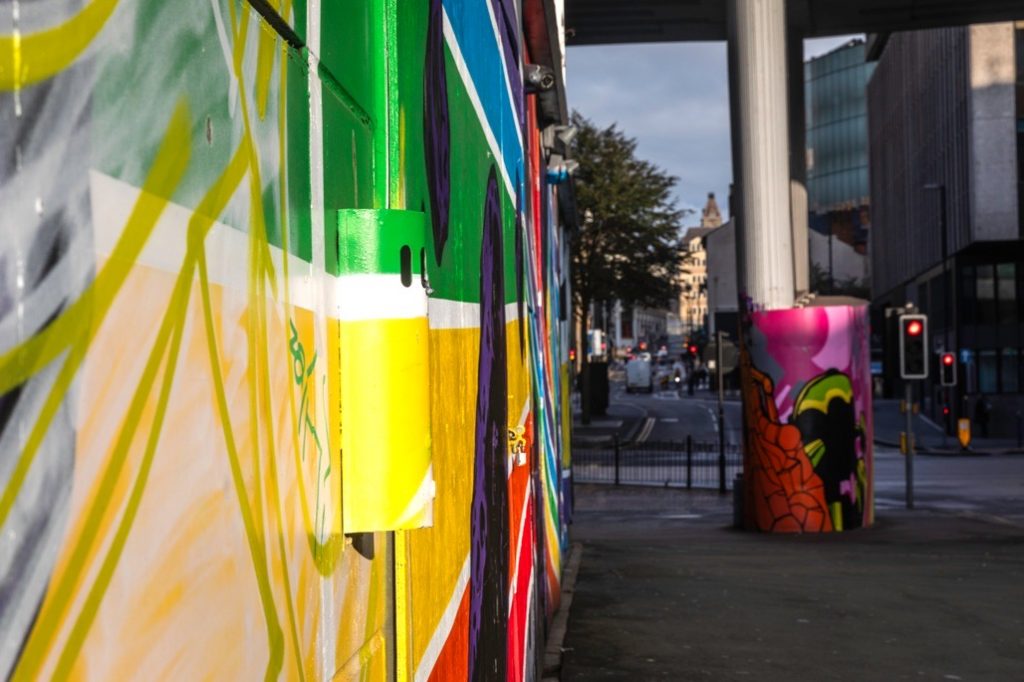
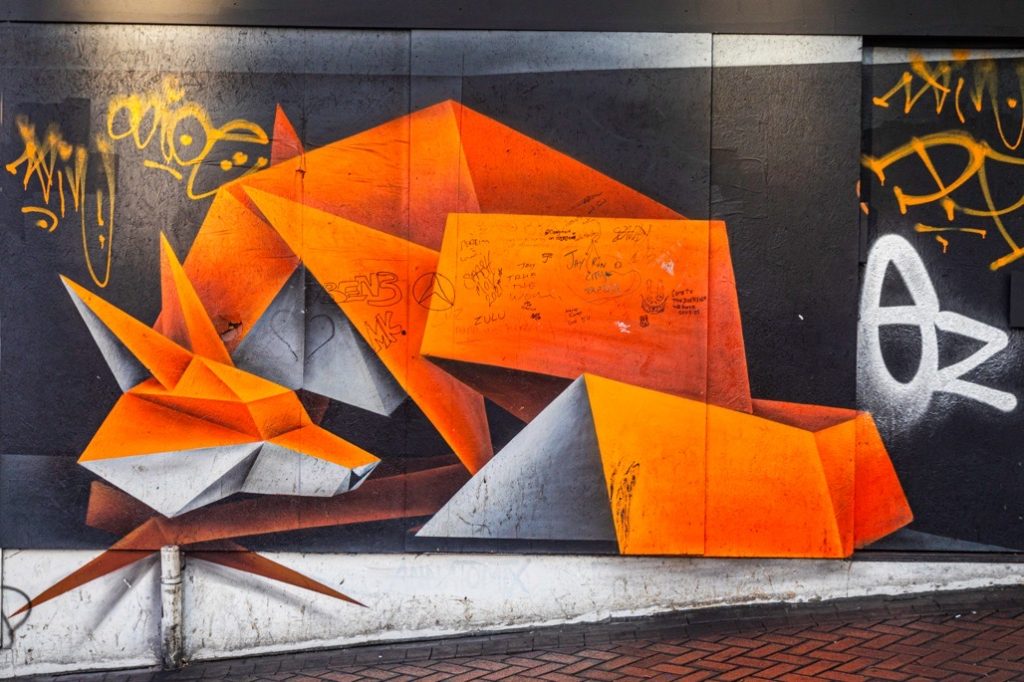
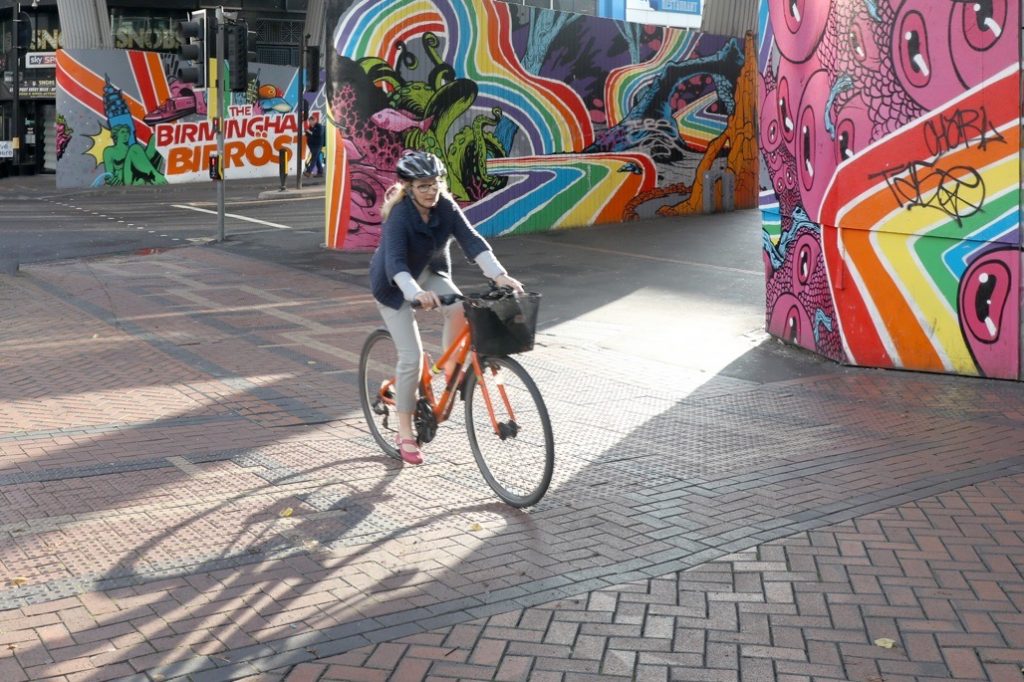
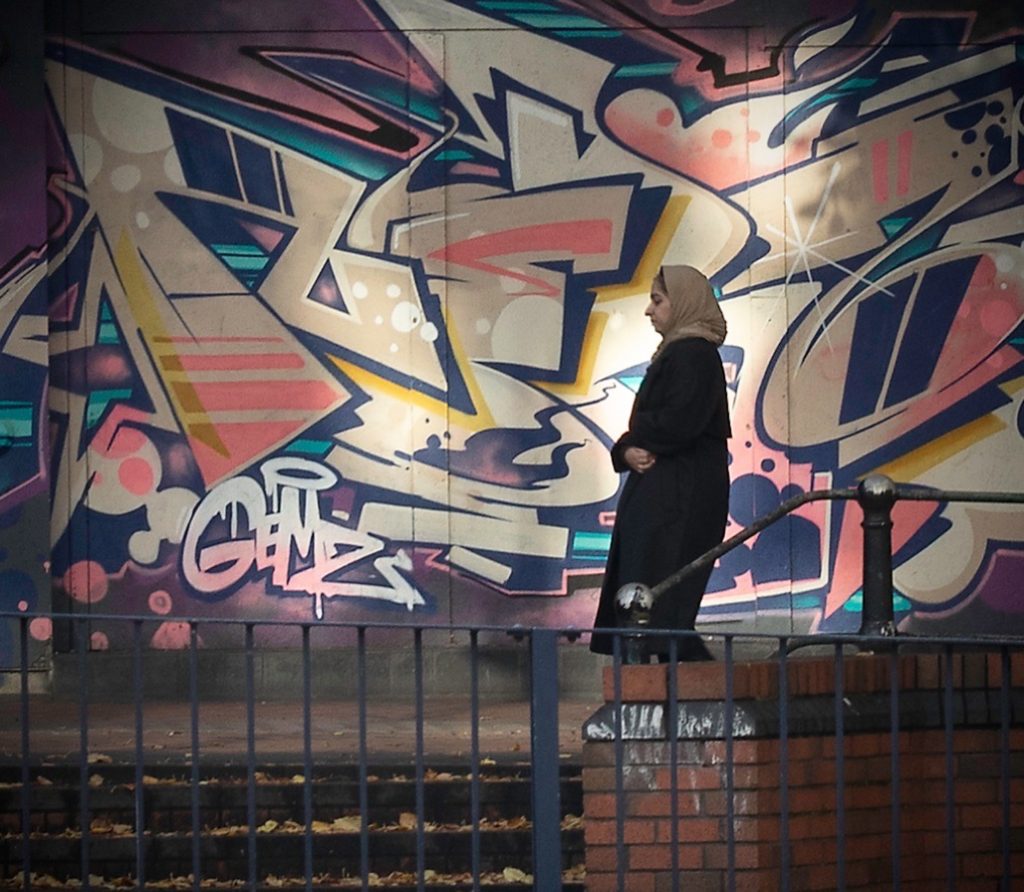
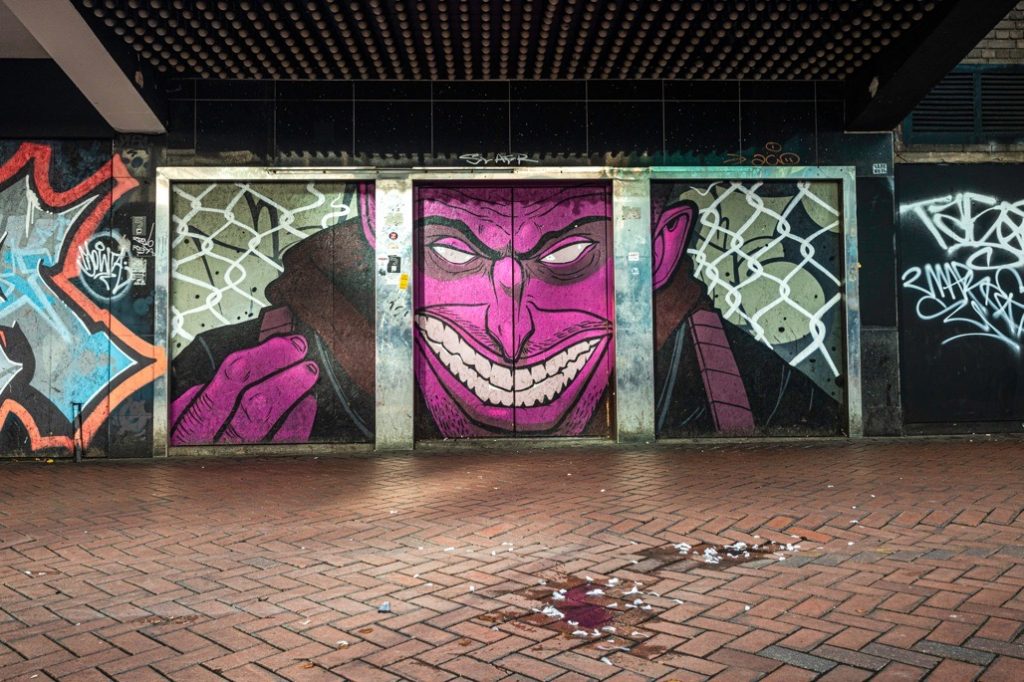
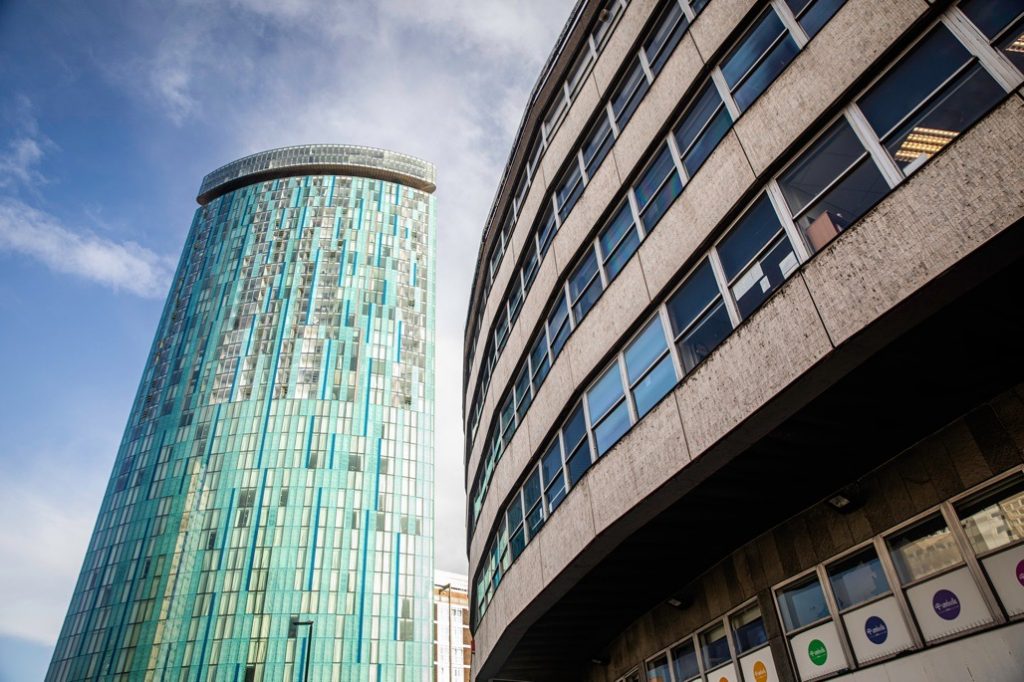
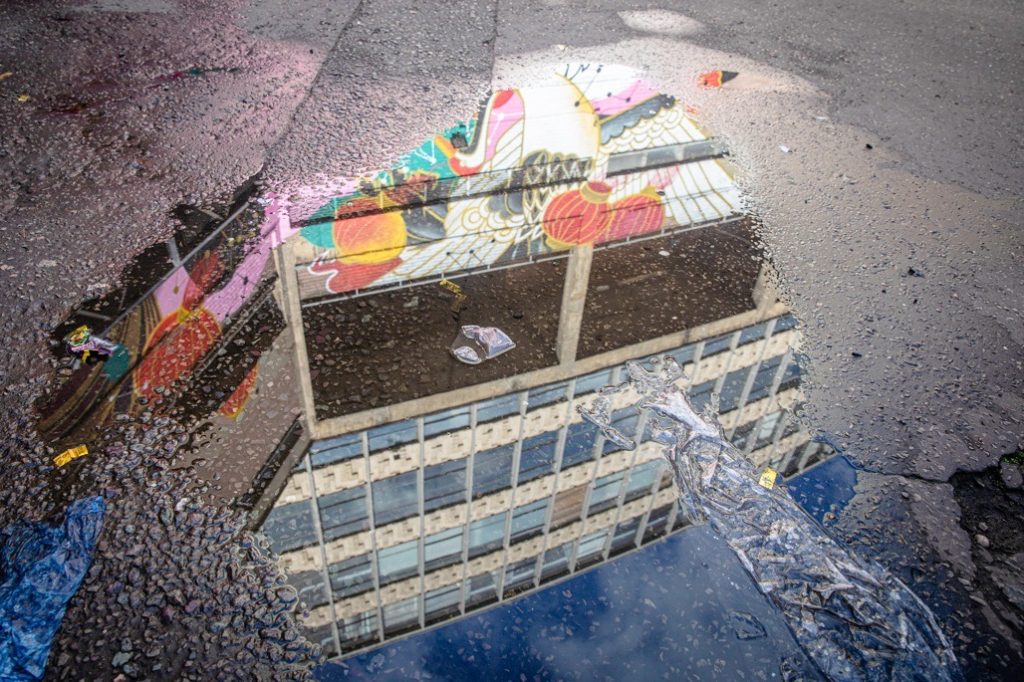
Other regrets include seeing the inside the building but I guess that will not be possible as it is set for demolition. There was an Odeon cinema in the building and there are pictures of the abandoned area in a feature on the BirminghamLive website
Further information
Other activities that have taken place inside the Ringway Centre over the years include a large gym overlooking the cross ways at the end of Hurst Street. The original tenants of the offices were connected with the railway industry but the spaces have long been vacated. If you are after a history of the Ringway Centre then Wikipedia is a great starting point.
The aim of this blog is to show a photographic record of the building after the Council voted to demolish the building.
Finally if you wish to buy a concrete model of the building then head over to the Space.Play site that has a concrete model of the Ringway Centre plus many other brutalist icons of Birmingham.
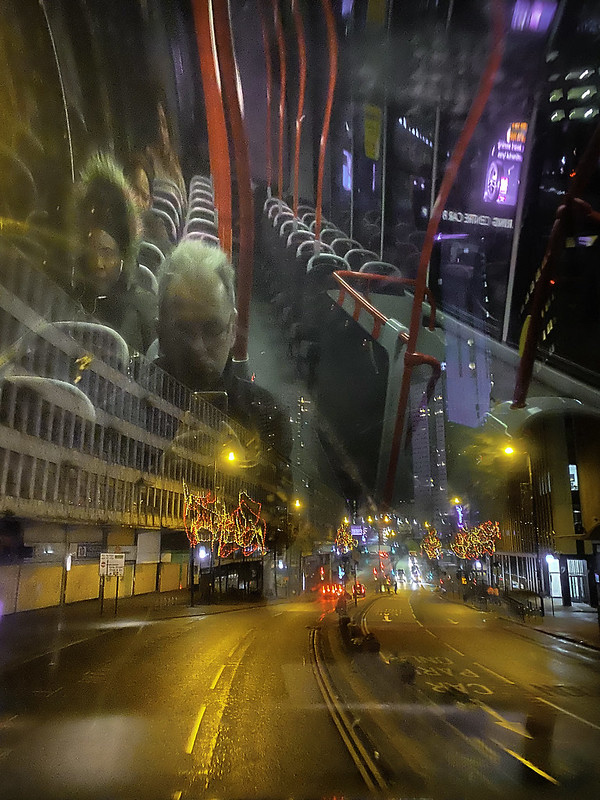
Camera Settings – Except for a couple of iPhone pictures, the majority of the pictures were taken with my Canon D5 mk4 and my EF24-70mm f/2 lens. I always have it on manual setting which is a throwback to my father’s tuition. I was taught manual and use priority settings sparingly. I have a polariser filter on my camera that stops it down and this sometimes catches me out hence the blur on the pink taxi picture. My big camera is fun to use but is a magnet for people staring at you when taking pictures in an urban setting. Post processing is a case of increasing contrast and upping the shadows. This is a trick I learnt from reading Scott Kelby photographic books as it brings out the colours. A few other minor adjustments are done as I try to keep the feel of how the picture was taken. As with many of my pictures, I love the stories associated with the photography and one of the reasons that I enjoy writing this blog.
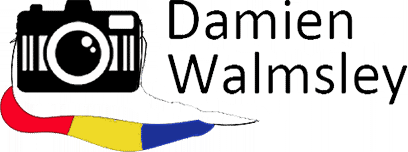
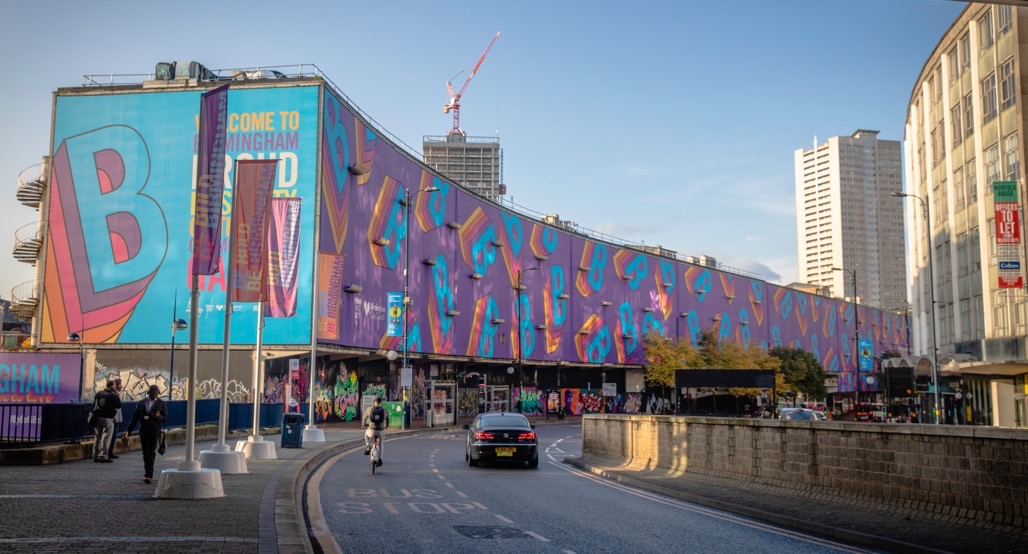



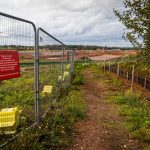
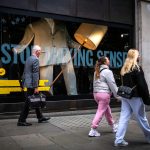
[…] Having already done a blog on the centre in early October 2023, this photo montage was taken with th… What is revealed is the concrete patterns and the light boxes. At a distance, the sweeping structure looks majestic, closer views reveal the general wear and tear of the building. Such problems are seen from the Southside view where the structure is disintegrating. The new proposal will have new walkways from Chinatown and yes it will be shiny and bright. The contractors will be replacing concrete with glass and steel buildings. They will look nice in the short term but I am unsure whether they will… Read more »